Brexit: Understanding the impact and planning for anything
Looming deadlines. Heated debates. Ongoing uncertainty. 2020 is starting to feel a bit 2019 as far as Brexit is concerned. So what can we be sure of and how can we prepare? Here’s how to ready yourself for whatever lies ahead.
Where are we now?
The Brexit transition period is set to end on 31 December 2020. That means, from 1 January 2021, the UK will no longer be part of the European Union (EU) single market or customs union.
There are two options for what may happen come New Year’s Day:
- The UK and EU strike an agreement that maintains some level of frictionless trade between the two regions
- No deal is reached, meaning trade between the UK and EU takes place under World Trade Organization (WTO) rules.
The UK had set a deadline of 15 October 2020 to reach a deal, but the EU has now said that early to mid-November is more realistic. So what can you do to prepare while this limbo continues?
Short-term preparations
The immediate concern for UK brands will be ensuring they can continue to import and export smoothly after 1 January, whether a deal is reached or not. But based on our experience, most already do the following:
Import products, in bulk, from outside the EU: To do this, they usually use a courier (for boxes and cartons) or a freight forwarder (for pallets and containers). These organisations clear the stock through customs and deal with the payment of taxes on behalf of the brand, when it arrives in the UK.
Export products, in eCommerce orders, to outside the EU: To do this, brands complete a customs declaration for each order, which contains information about what’s inside, its value, and who and where it’s come from. Royal Mail collects this declaration via a CN22 form, which is placed on the outside of the package. Other couriers collect it via a commercial invoice, which is submitted electronically. When the order reaches its destination country, the information in this declaration is used to clear the goods through customs and charge appropriate duties to the consumer.
What does this have to do with Brexit?
After Brexit, importing from the EU to the UK and exporting from the UK to the EU will follow the same process outlined above.
So if you’re a UK brand that’s already trading globally – for example, buying stock in China, storing products in the UK and shipping orders to the US – you should already have everything you need in place to trade with the EU after Brexit.
If not – or if you’re simply unsure – take a look at GOV.UK’s advice on importing from and exporting to the EU after Brexit and check that you:
- Know how to make customs declarations on imports: either yourself or via a third party
- Have an EORI number starting with GB: you’ll need this for both importing and exporting
- Understand your product commodity codes: these may affect the duties you pay when importing and are required for customs declarations when exporting.
Long-term impact
Following the steps above should minimise disruption to your imports and exports, if there is a no-deal Brexit come 1 January 2021. But what about the longer-term impact?
Trading under WTO rules would mean that:
Imports take longer and cost more: With imports from the EU going through customs, imports from everywhere are likely to take longer. And, of course, imports from the EU will be subject to customs duties and VAT (and extra rules and regulations for some products).
Exports take longer and cost more: With eCommerce orders to the EU going through customs, shipping times will extend and your customers will be charged customs duties and VAT, at a rate dependent on your product commodity codes and the country they’re in.
You can charge 0% VAT to EU customers: On a more positive note, you’ll be able to zero-rate VAT for EU customers in your UK online store, in the same way you can now with rest-of-the-world customers.
Selling to the UK and EU post-Brexit
To overcome the potential issues with importing and exporting, some UK brands may be considering holding stock in mainland Europe. The case for doing this isn’t clear cut however – there are a few questions to ask yourself before you take the leap:
How many orders are you actually shipping from the UK to the EU?
UK eCommerce spend is predicted to be worth €222.5 billion by the end of 2020. Only €18.6 billion (8%) of that spend is bound for European customers. So while there will be some UK brands with a high proportion of EU customers that are adversely affected, the majority may not be. Where are your key markets?
How much inventory do you really want to hold?
Holding stock in both the UK and EU will pose a headache for most brands – look at the changes to Amazon’s European fulfilment network, for example. Do you split your existing stock across two locations? Do you invest in more inventory, to cover both bases? How do forecast order volumes on both sides of the channel in such a changeable environment?
Will regulation of your products change?
This inventory problem could be exacerbated further, if UK and EU product regulations diverge. For example, there’s already confusion around organic labelling and standards, with the UK set to adopt new laws on 1 January 2021 that the EU is yet to accept. Will maintaining two sets of products in two locations be viable for smaller brands? Many may consider serving EU customers from the UK, in order to circumvent such changes.
What are the relative costs of storage, shipping, duties and VAT?
Ultimately, the decision may come down to cost. Is it cheaper for you and your EU customers to store stock in the UK and ship it to the EU, or to store and ship it within the mainland? Do you want to pick up the tab for importing goods into the EU in bulk or are you happy for your EU consumers to potentially pay more?
The costs to weigh up are:
Storage: the UK joins Germany and the Nordic countries in having some of the most expensive warehousing space in Europe, skewed by demand in and around London.
Shipping: conversely, the UK has a wider range of couriers and international shipping services than other European countries, meaning the cost of shipping overseas from Britain is generally lower.
Customs duties: you’ll need to look at your product commodity codes, to understand the rate at which you or your EU customers will be taxed.
VAT: rather than being charged the UK’s 20% VAT rate, your EU customers will be charged the rate in their own country. For some it will be higher, for some it will be lower, so you’ll need to assess the rates in your key markets to understand the real impact on consumers.
Looking at all of these factors, some brands may continue as they are, some may shift stock to the EU, some may double-down on the UK (afterall, it is Europe’s largest eCommerce market), and some may choose more certain territories to expand into (the US being a prime example).
Either way, a balance between short-term planning and long-term agility will be the order of the day.
Follow James and James Fulfilment on LinkedIn Instagram Facebook & Twitter
James and James Fulfilment
It all began in 2010, when James Hyde and James Strachan couldn’t find a modern shipping service for the eCommerce business they ran. Faced with messy warehouses based on out-dated systems, they decided to build their own.
We’ve not stood still since, helping hundreds of online brands scale up – and scaling with them.

Stay up to date with insights & advice to help you build a bigger eCommerce brand
Subscribe to receive our latest updates in your inbox.


 US - English
US - English